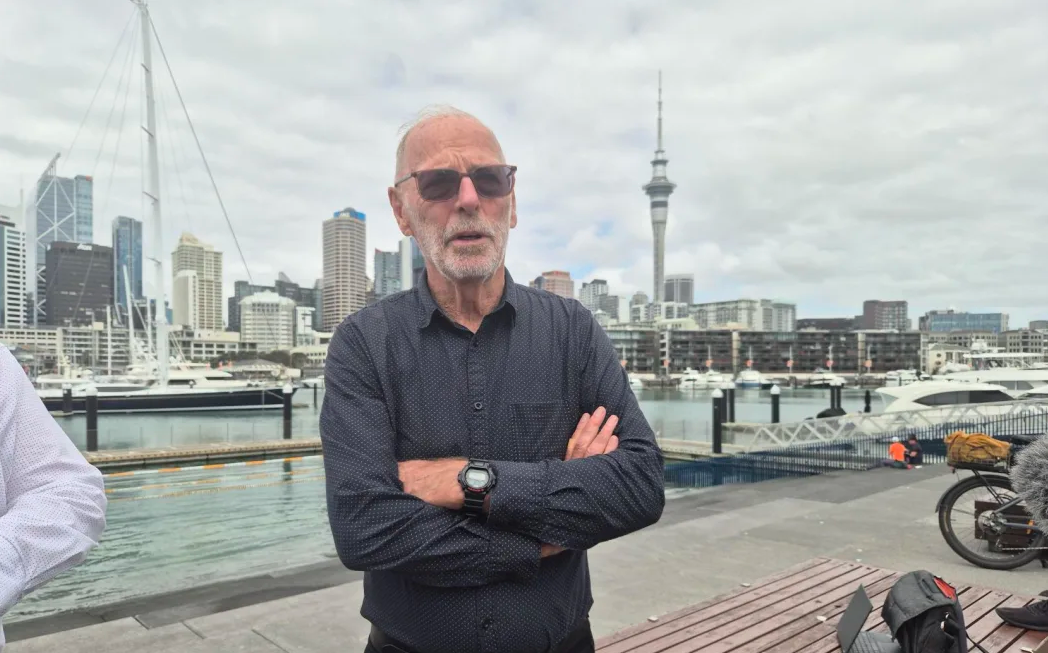Connor stood on the City Vision ticket in the latest local elections, in a personal capacity.
This ran in The Post on October 21 2025.
Despite the lowest ever local election turnout, this was perhaps Auckland’s most consequential election so far. That’s because the impending Auckland Transport reforms will grant increased responsibility to the freshly elected Councillors and members of Local Boards. So what do the election results mean for the Super City’s transport future?
Progressive or conservative? Constructive or unproductive?
In contrast to the oppositional party-political set-up in the Beehive, Auckland Council’s Governing Body is a group of disparate individuals ostensibly working together to make progress.
Moreover, as distinct from the left-right filter at national level, local politicians can be understood on a scale of ‘progressive’ (those keen on transformation) to ‘conservative’ (those more cautious). They also sit on a spectrum from ‘constructive’ (doers and celebrators) to ‘unproductive’ (delayers and grumblers).
At first blush a ‘conservative’ (as a self-described proponent of reducing ‘wasteful spending’) Mayor Wayne Brown discovered early in his first term that several of his supposed natural allies around the table were far keener on stopping things happening, than on finding solutions and getting things done.
For this election, Brown ran a ‘Fix Auckland’ ticket, aimed at removing perceived roadblocks. This paid off in the Albany ward, breaking the stranglehold of a contrarian pair of long-serving councillors Brown had dubbed ‘the Albanians’. The Mayor’s pick Victoria Short outpolled John Watson, and unseated Wayne Walker who had held power since 2010.
Short, who is likely to be more constructive than the oppositional Walker, joins four other new faces: fellow conservatives John Gillon, Bo Burns and Matt Winiata, and progressive Sarah Paterson-Hamlin.
New councillors and Mayor from left to right: John Gillon, Matt Winiata, Victoria Short, Mayor Wayne Brown, Bo Burns, Sarah Paterson-Hamlin
What does this mean for transport?
While on balance the new council appears slightly more conservative, that doesn’t mean it won’t deliver what Aucklanders want – which, as repeated polling tells us, includes great public transport, with consistent support for walking and cycling. Conservatives (including the Mayor) like to talk about delivering this infrastructure more cheaply, but rarely dispute its value.
Of course, the Mayor will still need the support of progressives to advance his overall agenda. This opens up opportunities for hard-working councillors who’ve developed productive relationships with Brown, such as Richard Hills, to maintain progress on the transport options that free Aucklanders from traffic.
What’s the role of Local Boards?
Beyond the council table, a highlight was the soaring success of progressives on local boards in key areas of the city, contradicting conventional wisdom that low turnout favours conservatives.
The central-city focused Waitematā Local Board was soundly retaken by the City Vision alliance of Labour, Greens, and community independents (5:2). And, for the first time since 2016, City Vision has a majority on the Albert-Eden Local Board, home to the headline-grabbing Meola Road rebuild.
In other words, voters in areas that endured disruption and enjoyed ‘nice-to-haves’ opted for a platform of more local investment in climate action, cycleways and road safety. This progressive agenda, antithetical to central government’s current culture-war rhetoric, delivered victories across a swathe of the isthmus, albeit counterbalanced by the success of loosely conservative ‘action teams’ on the periphery.
With enhanced transport decision-making powers coming to local boards, expect more local focus on bike networks, traffic-calming and road safety features like crossings and speed tables – although the outcomes will be a postcode lottery depending on who’s at the table.
Meola Road near Walford Road – mid December 2024
What will Brown’s big transport legacy be?
Zooming back out: what’s the next big thing for Auckland? The first two Super City mayors secured transformative infrastructure projects: Phil Goff with the Central Interceptor wastewater separation project, and Len Brown with the City Rail Link.
Wayne Brown, so far, has been more focused on policy. But if he wants to make a tangible mark on the city, there are two top contenders: getting a new harbour bridge off the ground, and getting light rail on the ground.
There are practical and affordable proposals for both, which just need a champion. The Mayor has voiced support for surface light rail and has waxed eloquent about international examples. And, while his fantasy bridge option would demolish suburbs at both ends (and is frankly unbuildable), he’s absolutely right that a bridge makes way more sense than the unaffordable tunnel the government seems bent on imposing on Auckland.
The fly in the ointment here will be central government’s control over appointments to the proposed Regional Transport Committee – which will determine the direction of Auckland’s future – potentially taking major decisions out of the city’s hands.
The Super City turns fifteen next month, a feisty teenager emerging into its full potential (represented by a rebellious, unfiltered 79-year-old), with central government as its helicopter parent refusing to hand over the decision-making and resources it needs to truly flourish.
If Brown wants to see a tangible transport legacy in his lifetime, he needs to start now and fight like hell. And with the biggest personal mandate of any mayor in the country, if he can’t, who can?
This post, like all our work, is brought to you by the Greater Auckland crew and made possible by generous donations from our readers and fans. If you’d like to support our work, you can join our circle of supporters here, or support us on Substack!
Header image is of Wayne Brown on election day at Wynyard Quarter – Jessica Hopkins RNZ
Share this

